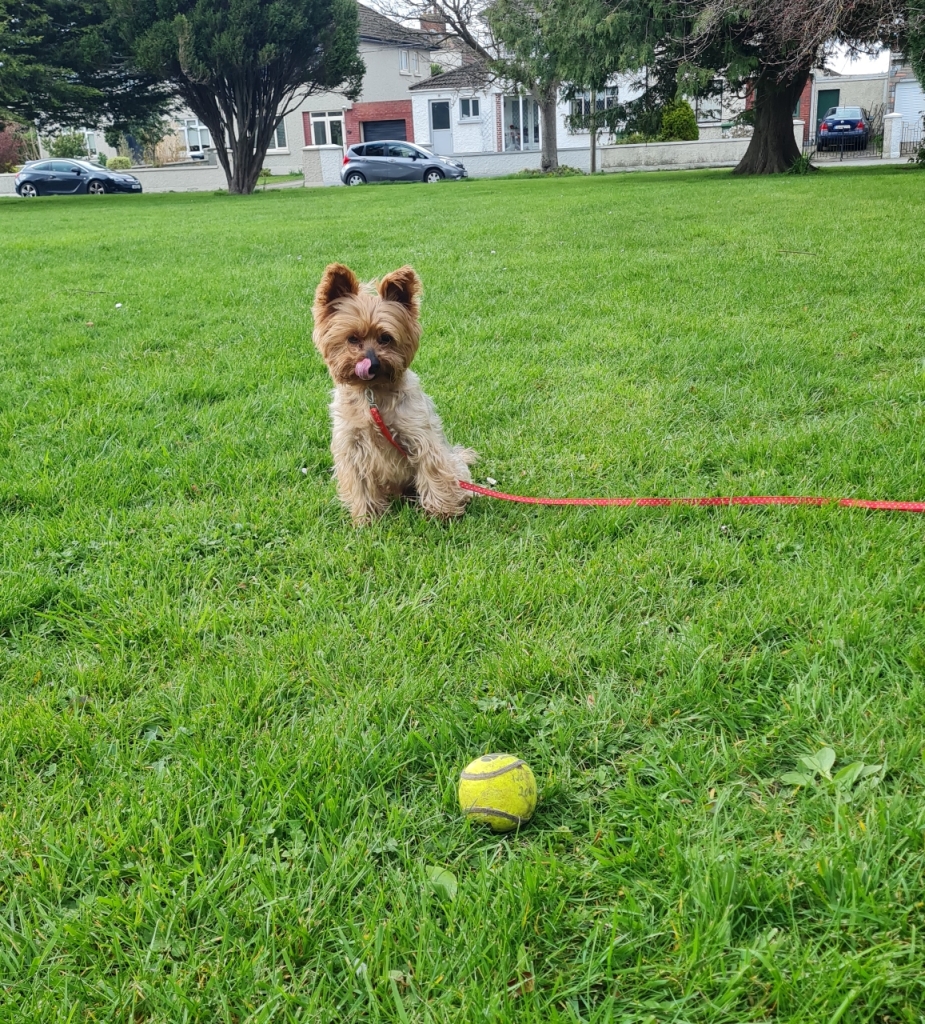It is vitally important for you and your child to know how to behave around dogs. There are many households who have pet dogs and even if you don’t actually own a dog you are very likely to meet one in the park, at a friend’s house or out and about. Owning a dog can have many benefits and with a little information all the family can learn how to be around dogs safely.
Staying safe at home
Adults have a responsibility to ensure their children and pets are safe and to create a healthy relationship. Below are ways to keep both children and dogs safe.
☆ Dogs can feel threatened when being hugged or kissed. While some dogs may tolerate it, it is safer to not allow the child (or yourself!) to engage in this kind of behaviour.
☆Try the 3 second rule: pet your dog for a few moments, then stop. Does he try to elicit more attention and pets? Does he push his head under your hand? If yes you can continue and if he moves away, respect the dog’s wishes.

☆ Teach your child to play appropriately and gently with the dog. Overexcited children can get carried away with their play, jumping around, behaving unpredictable and screaming and in turn this may over-excite the dog. A worried or fearful dog may bite.
☆ Allow your dog their own space. This can be a crate tucked safely away. This area should be considered a den for your dog, a bit like the bedroom to a teenager! Teach your child if the dog is asleep in their crate to allow them space. Space should also be respected while the dog is eating food or drinking water.
Stay safe while out and about
It is important that children learn how to keep themselves safe when they meet dogs outside the home. Not all dogs are friendly and some may be anxious around children. Do not approach a dog that is without an owner.

☆ Always ask permission from dog’s owner before petting a dog. However you should also check with the dog themselves that they would like you to pet them! We often never ask the dog for consent to touch them!
Understand the body language of dogs
☆ Learning about the body language of dogs is essential, as a wagging tail doesn’t always signal a friendly dog, it may actually be a back off signal!
- Stressed dogs may be showing more subtle signs of stress such as lip licking, panting, yawning, and pacing. These signals must be taken in context though. If they are doing this behaviour when no food or drink is nearby then it may be a sign the dog is feeling stressed.
- Angry dogs will show more obvious signs such as showing of teeth, growling loudly, hackles raised. This are signs the dog is giving to warn that they may bite if you approach them.
If you are approached by a strange dog and you feel afraid try not to panic. Place your arms across your chest and turn your face up towards the sky without making any eye contact with the dog
Walk calmly away as if you run the dog may chase you! This happened to me with my child years ago when i stopped to admire a dog in their own front yard. Staying calm meant the dog didn’t feel threatened and we only moved off when he went back towards his yard.
The best way to stay safe is to never leave children and dogs alone unsupervised! It doesn’t matter if the dog is small and fluffy or large. All dogs have a tolerance level that we must be respectful of. When it is reported that a child has been bitten it is more often by a familiar dig in the home environment.
